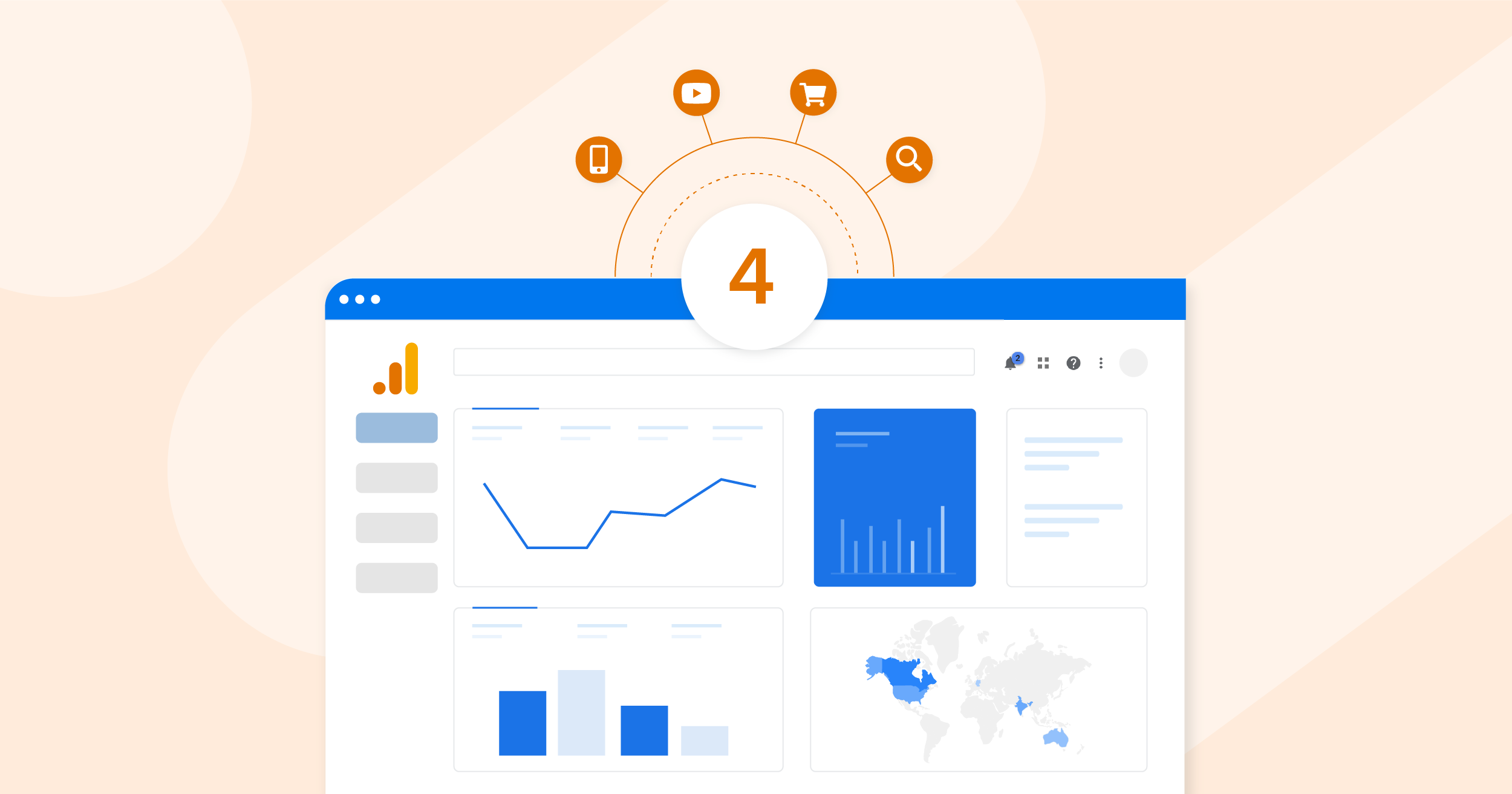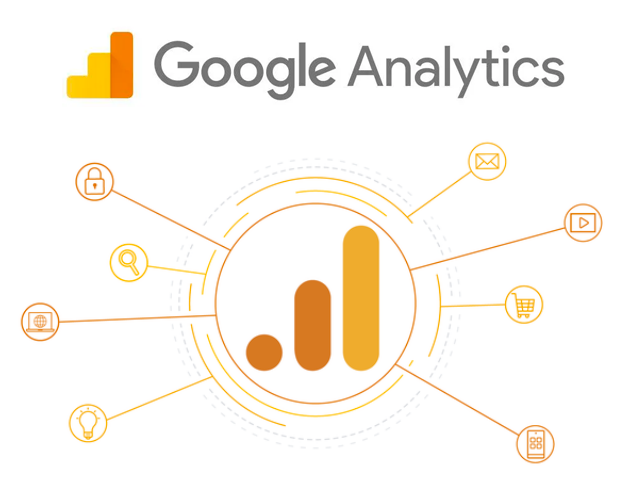Unloading the Secret: When Does the Google Analytics Tracking Code Send an Event Hit to Analytics?
Unloading the Secret: When Does the Google Analytics Tracking Code Send an Event Hit to Analytics?
Blog Article
Enhance Your SEO Strategy With Effective Google Analytics Monitoring Code
Incorporating Google Analytics tracking code into your Search engine optimization approach is a pivotal action towards attaining measurable results. What particular strategies can you adopt to maximize the influence of this information on your SEO efforts?

Recognizing Google Analytics Basics
To successfully utilize Google Analytics for SEO, it is vital to grasp its foundational ideas. Google Analytics works as a powerful tool for monitoring and examining internet site traffic, giving insights that are crucial for maximizing search engine performance. At its core, the platform allows users to check individual habits, web traffic resources, and essential performance indicators (KPIs) such as bounce rates and session periods.
Knowledge with the user interface is crucial. Secret sections consist of the Target market, Purchase, and Behavior tabs, each supplying beneficial information. The Target market section gives group understandings, assisting to customize material to target users efficiently. The Purchase tab reveals how site visitors reach the site, whether via organic search, paid ads, or social media sites, assisting calculated adjustments in advertising and marketing initiatives.
Understanding metrics such as organic traffic quantities and conversion prices is crucial for assessing SEO effectiveness. Ultimately, grasping these essentials allows digital marketers to harness the full capacity of Google Analytics, driving educated choices that improve total SEO methods. By establishing a solid structure, organizations can effectively assess their performance and recognize chances for renovation in their online presence.
Establishing Tracking Code
Effectively setting up the tracking code is important for accurate information collection in Google Analytics. The very first step includes producing a Google Analytics account and building, where you will receive an one-of-a-kind tracking ID. This ID is crucial for linking your web site's information to your Google Analytics account.
As soon as you have your monitoring ID, incorporate the monitoring code bit into your site's HTML. This is normally placed in the header section of each web page to guarantee it lots early in the page providing procedure. If you're utilizing a Material Monitoring System (CMS) like WordPress, many plugins simplify this process, enabling you to include the monitoring code without straight HTML modifying.
After executing the monitoring code, it is vital to check its functionality. If the tracking code is correctly set up and functioning, you can make use of the Google Tag Assistant device to verify. Additionally, keep an eye on the real-time reporting function in Google Analytics to verify that information is being accumulated properly.
Making certain that the monitoring code is appropriately established lays the structure for effective data analysis, allowing you to make informed decisions to boost your search engine optimization approach and overall site efficiency.
Key Metrics to Monitor
Recognizing essential metrics to check is necessary for recognizing the performance of your search engine optimization strategy via Google Analytics. By concentrating on specific information points, you can evaluate the impact of your optimization initiatives and make informed choices to improve efficiency.
Among the key metrics to track is organic web traffic, which shows the variety of visitors getting to your website through search engines. This statistics reflects the total health of your search engine optimization approach. Next off, keep an eye on the bounce price, which reveals the percentage of site visitors that leave your site hop over to here after watching just one page. A high bounce rate may signal that your web content is not meeting user expectations or that your touchdown pages require improvement.
Additionally, consider tracking conversion prices, as these metrics reveal exactly how well your site fulfills its organization purposes, such as generating leads or sales. Key phrase positions are also vital; monitoring changes in keyword positions aids examine the efficiency of your targeted search engine optimization initiatives. Finally, assess the ordinary session duration, which indicates user interaction and material relevance. By closely following these vital metrics, you can obtain useful understandings right into your SEO approach's performance and identify areas for renovation.
Analyzing Customer Habits
Comprehending customer habits is crucial for improving your Search engine optimization technique and taking full advantage of site efficiency. Google Analytics offers a wide range of information on user interaction metrics, such as bounce rates, time on site, and web page sights per session.
In addition, tracking customer circulation can expose common navigation paths, highlighting potential traffic jams or locations for renovation. Understanding the demographics, rate of interests, and geographical locations of your site visitors enables for even more tailored web content that talks with their requirements. Making use of segmentation attributes in Google Analytics even more improves your capability to examine individual behavior by permitting you to contrast different audience teams.
In addition, monitoring conversion rates and customer activities can give insights right into the efficiency of your phone call to activity and overall website layout. This holistic sight of customer actions is crucial for making notified choices that improve user experience and drive greater interaction, inevitably adding to enhanced SEO efficiency.
Leveraging Insights for Search Engine Optimization
Consistently leveraging understandings obtained from user behavior evaluation can significantly enhance your SEO efforts. By making use of Google Analytics, you can determine essential metrics such as bounce prices, session period, and user flow, which reveal how site visitors communicate with your web content. These understandings allow you to pinpoint areas needing renovation, such as high departure pages or underperforming key words.

Additionally, tracking natural website traffic resources provides clearness on which channels are most reliable, enabling you click to read more to designate sources strategically (when does the google analytics tracking code send an event hit to analytics?). By assessing conversion rates together with website traffic additional hints data, you can recognize which web pages drive actual company results, fine-tuning your SEO method better
Including these understandings right into your content method not just improves exposure yet likewise cultivates a more user-centric strategy. Ultimately, a data-driven search engine optimization approach notified by analytics not just boosts positions however additionally aligns your goals with individual assumptions, resulting in sustained development and involvement.
Final Thought
Reliable execution of Google Analytics tracking code substantially boosts a SEO technique by providing vital understandings into customer actions and website traffic sources. Monitoring vital metrics such as natural traffic, bounce prices, and conversion rates helps with the identification of enhancement locations. Additionally, examining user demographics and involvement metrics enables an extra targeted content strategy. Ultimately, leveraging these insights contributes to improving SEO initiatives, driving more pertinent traffic, and improving general site efficiency.
Including Google Analytics tracking code into your SEO strategy is a critical action toward achieving measurable results. At its core, the platform allows customers to check customer behavior, traffic sources, and crucial efficiency indications (KPIs) such as bounce prices and session durations.
Understanding customer behavior is important for fine-tuning your Search engine optimization strategy and taking full advantage of site efficiency.Consistently leveraging understandings gained from individual behavior analysis can considerably enhance your Search engine optimization initiatives.Reliable implementation of Google Analytics tracking code considerably enhances a Search engine optimization approach by offering critical understandings into user habits and traffic sources.
Report this page